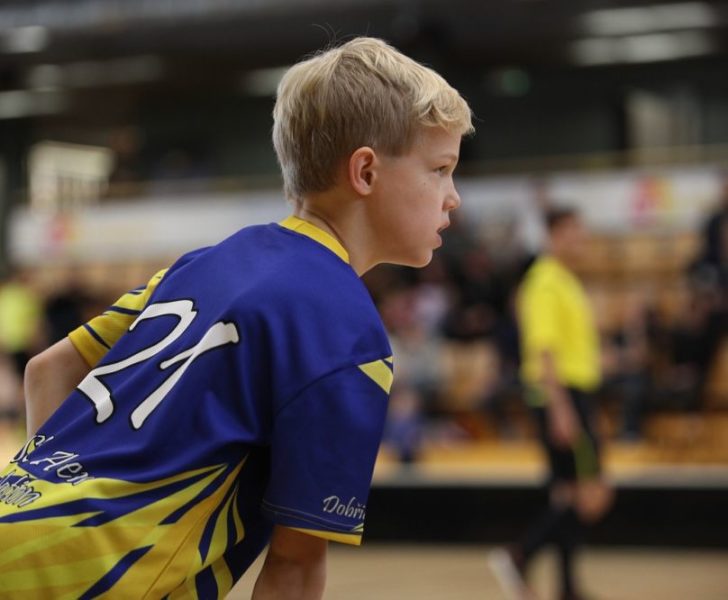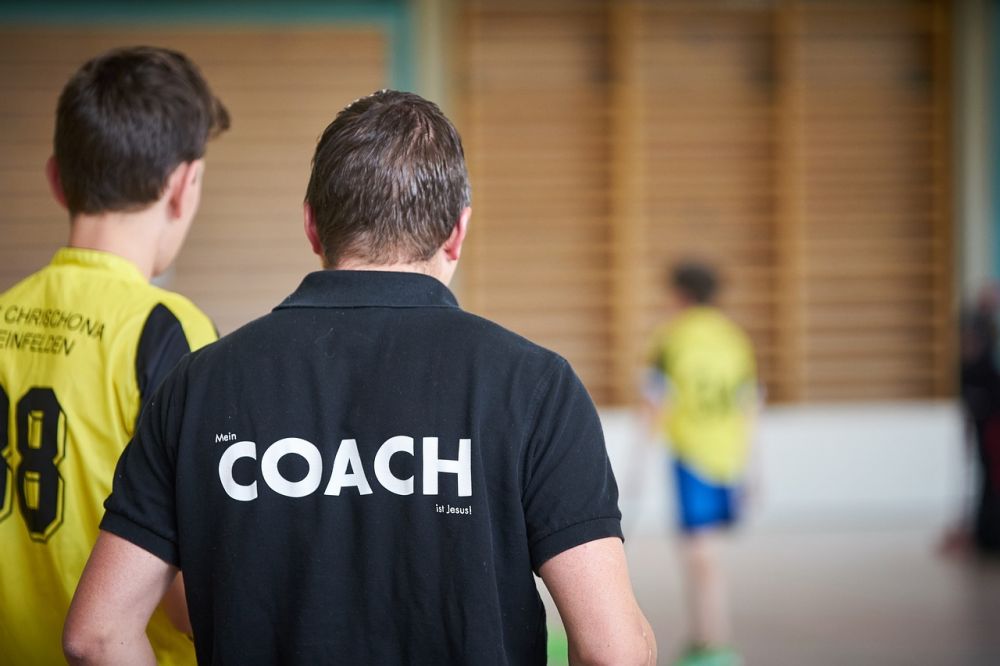Onsala Innebandy: A Comprehensive Overview

Onsala Innebandy – Exploring the World of Indoor Floorball
Introduction:

Onsala Innebandy is a popular sport that combines elements of ice hockey and floorball. With its roots in Sweden, this fast-paced game has gained significant traction globally, captivating players of all ages and skill levels. In this article, we will delve into the world of Onsala Innebandy, providing a detailed overview, discussing its various types, analyzing quantitative measurements, and exploring the historical advantages and disadvantages associated with this thrilling sport.
I. Understanding Onsala Innebandy: An In-depth Look
Onsala Innebandy, also referred to as floorball, is a team sport played indoors. It involves two teams, each consisting of five outfield players and one goaltender. The primary objective is to score goals by shooting a small plastic ball into the opponent’s net using specially designed sticks. The sport emphasizes agility, speed, hand-eye coordination, and effective teamwork.
II. Types of Onsala Innebandy: Exploring the Diversity
Onsala Innebandy encompasses various types, each with its unique characteristics and rules. The most popular ones include:
1. Traditional Onsala Innebandy:
This variant follows the conventional rules and regulations of the sport. It is widely played in competitive leagues and tournaments, showcasing the highest level of skill and strategic gameplay.
2. Recreational Onsala Innebandy:
Intended for players seeking a more casual experience, recreational Onsala Innebandy offers a relaxed environment for individuals of all abilities. It promotes inclusivity and provides an avenue for leisurely enjoyment while still respecting the core principles of the game.
3. Junior Onsala Innebandy:
Catering to young aspiring players, junior Onsala Innebandy focuses on skill development, teamwork, and fostering a love for the sport among children. It features modified rules, smaller playing areas, and reduced physical contact to ensure age-appropriate participation.
III. Quantitative Measurements: Analyzing Onsala Innebandy’s Impact
Onsala Innebandy has experienced immense growth over the years, both in terms of participation and viewership. Consider the following quantifiable measurements:
1. Global Participation:
With an estimated 300,000 registered players worldwide, Onsala Innebandy has carved a prominent place in the sports industry. Its popularity has led to the formation of national and international governing bodies, organizing leagues, and hosting international championships.
2. Broadcasting and Media Coverage:
Television networks and streaming platforms have recognized the widespread appeal of Onsala Innebandy, leading to increased coverage and exposure. Major tournaments and league matches are now readily accessible, attracting a broader audience and expanding the sport’s reach.
3. Economic Impact:
The growing popularity of Onsala Innebandy has resulted in a significant economic impact. From sports equipment manufacturers to event organizers and sponsors, various sectors benefit from the industry, contributing to local and global economies.
IV. Distinguishing Different Types of Onsala Innebandy
Despite sharing common core elements, each type of Onsala Innebandy possesses distinct characteristics. These variations can be observed in:
1. Tactical Approaches:
Different types of Onsala Innebandy may prioritize specific strategies or formations. Whether it be an offensive-focused game plan or a more defensive approach, these differences contribute to the overall dynamics of the sport.
2. Rules and Regulations:
While the basic rules apply universally, certain types of Onsala Innebandy may incorporate additional regulations to cater to their specific aims and objectives. These variations further enhance the diversity and adaptability of the sport.
3. Player Roles and Utilization:
In some forms of Onsala Innebandy, player roles and positions may differ, leading to contrasting gameplay styles. This allows for versatility and encourages players to develop multifaceted skill sets.
V. Historical Overview: Advantages and Disadvantages of Onsala Innebandy
Throughout its history, Onsala Innebandy has evolved, presenting both advantages and disadvantages:
1. Advantages:
– Accessibility: Onsala Innebandy requires minimal equipment, making it easily accessible to a wide range of individuals.
– Physical Fitness: The sport promotes cardiovascular endurance, agility, and overall physical fitness.
– Teamwork and Cooperation: Onsala Innebandy fosters teamwork and cooperation, enhancing social interaction and communication skills.
2. Disadvantages:
– Risk of Injuries: Despite safety measures, like any sport, injuries can occur.
– Limited Recognition: Onsala Innebandy is still working towards gaining mainstream recognition in some regions, which can restrict growth opportunities.
Conclusion:
Onsala Innebandy offers a thrilling and inclusive sporting experience, captivating players worldwide with its fast-paced gameplay and team-oriented dynamics. Whether played at a competitive level or enjoyed recreationally, the sport continues to evolve, embracing diversity and attracting new enthusiasts. As we celebrate the rich history and exciting future of Onsala Innebandy, it is evident that this sport has the potential to make a lasting impact in the world of team sports.











